The Sigma 150-500mm F5-6.3 APO DG OS HSM is a telephoto zoom lens aimed for nature and sports photographers that look for the all in one solution for an affordable price.
As it is often recommended for beginners of each craft is the Sigma 150-500mm F5-6.3 APO DG OS HSM capable of producing photos usable for print and published work?
Looking at the lens it’s a relatively compact size. With the lens hood reversed and with the lens at 150mm (the most compact setting) the lens is in fact only 25,2 cm or roughly the length of a 70-200mm and will fit in most photo bags. Weighing around 1.9 kg it is light for a 500mm lens although lighter alternatives exists. Adding the lens hood and zoom out to the 500mm setting as you see in the above shot the lens becomes quite big. If you´re used to anything bigger you wouldn’t think too much about it and vise verse.
The built quality seems to be sturdy without feeling heavy duty. There´s a zoom ring, focus ring, OS setting button as well as manual focus mode and 150mm lock setting to prevent lens creeping. Being a HSM focus motor there constantly a manual focus override as soon as you adjust focus.
The focus ring feels smooth perhaps a bit too smooth as I quite easily turned the lens slightly out of focus at least on some occasions. Probably because I wore large gloves.
The zoom ring feels on the other hand a tad to tight and as you’ re physically moving lens elements it’s harder to zoom if you’re aiming the lens upwards versus downwards – Either way it’s quick and easy to focus from 150mm to 500mm within a second and you won’t it zooming to an unwanted focal length by mistake as long as you have the lens in a horizontal position.
If needed the tripod mount can be easily removed, just remember to turn the knob extra tight when locking as it will otherwise flex slightly.
There something special about zooming from a close portrait lens to a full blown telephoto focal length in a instant and it certainly gives you a number of unique opputunities you won’t have using a prime lens. The shot below gives an example of just that as I zoomed slightly out to achieve the painterly effect while to having the compressed telephoto view.
The OS (Optical Stabilization) button has three settings. Off, Mode 1 and mode 2. The first is self explanatory, mode 1 gives you both horizontal and vertical stabilization (upwards, downwards and from left to right) where mode 2 gives you vertical stabilization only.
I believe there’s two versions of this Sigma 150-500mm F5-6.3 APO DG OS HSM as the never one lack the regular Sigma matte coating. I also believe the OS in the newer version is a 4 stops OS (claimed) where the one I reviewed only had two stops or close to.
Comparing OS in the Sigma 150-500mm F5-6.3 APO DG OS HSM versus the previously reviewed Sigma 50-500mm F4.5-6.3 APO DG OS HSM, the latter was easily more effective (as claimed) but overall welcomed and a help in the field.
When was the last time you did a panorame shoot with a 500mm lens?
One of the most important things in a telephoto lens is focusing speed.
The Sigma 150-500mm F5-6.3 APO DG OS HSM is overall solid. There’s no denying you can buy telephoto lenses that focuses faster (the forementioned Sigma 50-500mm F4.5-6.3 APO DG OS HSM is one example) – Another would be the Canon 100-400mm F5.6 L. Comparing it to a simirly priced competitor like the Tamron 200-500mm F6.3 it’s quite a lot faster thanks to the built-in HSM engine. Comparing it to a 500mm F4 prime is pointless. Either was it fast enough to catch to incomming Golden Eye duck as full speed. The image is a hefty crop from a Canon 7D camera
The lens features three SLD (Special Low Dispersion) elements for optimal lens color and fringing. As with most zooms it consists of fairly many lens elements arranged in a number of group (21 elements in 15 groups) making it harder to achieve a sharp resault.
And speaking off sharpness this is probably the point you have been looking for. Lens sharpness. – Perfectible usable was my first impression.
Wide open at 150mm F5 is very good with a nice detailed image and a fair amount of contrast. In the other end of the scale the sharpness drops a bit at 500mm F6.3 and becomes sharp as I would ever need at F8. Not as good as the Sigma 50-500mm F4.5-6.3 APO DG OS HSM or Canon 100-400mm F5.6 L, but not as far behind as you would initially think for a lens that costs significantly less. The lens resolves well when using high pixel-density bodies such as the Canon 7D.
Downloadable samples straight from RAW. – Right click and choose “save as..”
Sample 1 (If you need to crop a shot)
Sample 2 (Wide open full-frame shot)
Conclusion
Now you might wonder if I’m all for the Sigma 150-500mm F5-6.3 APO DG OS HSM.
Here’s a thing that has me pondering these days is how easy users reject cheaper lenses if they don’t have the right numbers, name or similar non-profiling things. Often I hear the only lens is a 300mm F2.8m 500mm F4 prime or better (larger) even if the recommendation comes from one who has never used a lens of such size. It kinda like having the newest and greatest gadget. Rather pointless if you ask me.
Don’t get me wrong I’m all for high-end lenses and I wouldn’t trade the Sigma 300-800mm F5.6 EX HSM I’m using with this any day, but to have a lens that costs a tenth (Yes thats 1/10) of a similar focal length is something that cannot be underestimated. And to be as versatile and handhold-able as the Sigma 150-500mm F5-6.3 APO DG OS HSM is, it will give you professional results if you’ re up to the task. Overall a strong performer that gives most users all the focal length they’ll ever need.
[yasr_multiset setid=0]

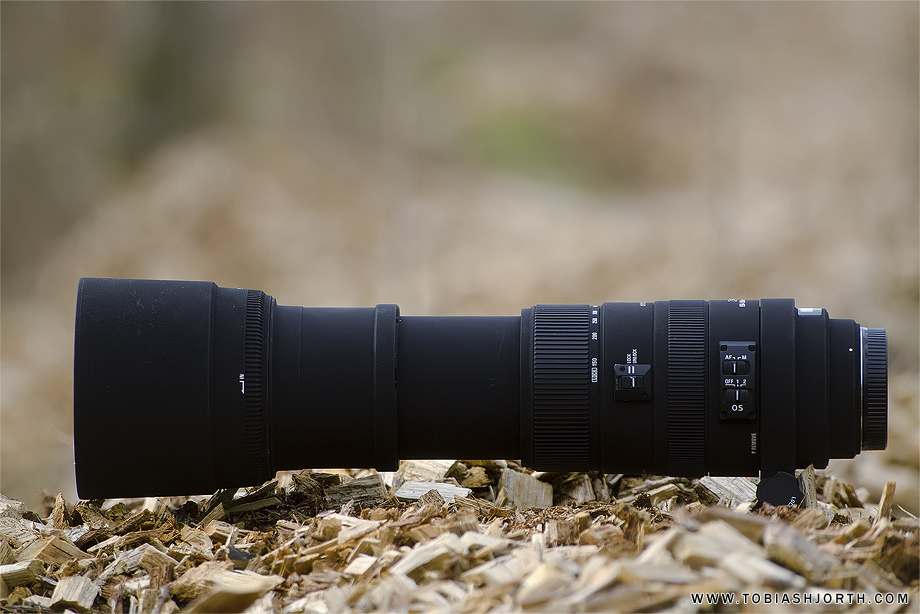
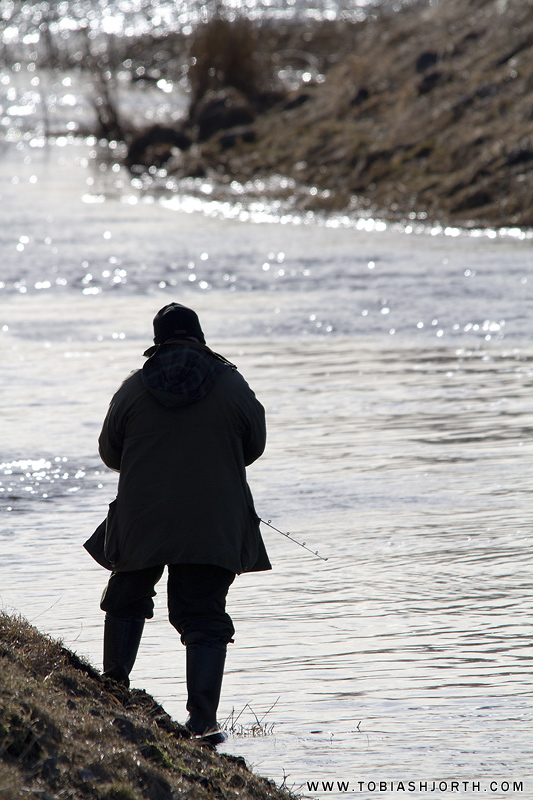
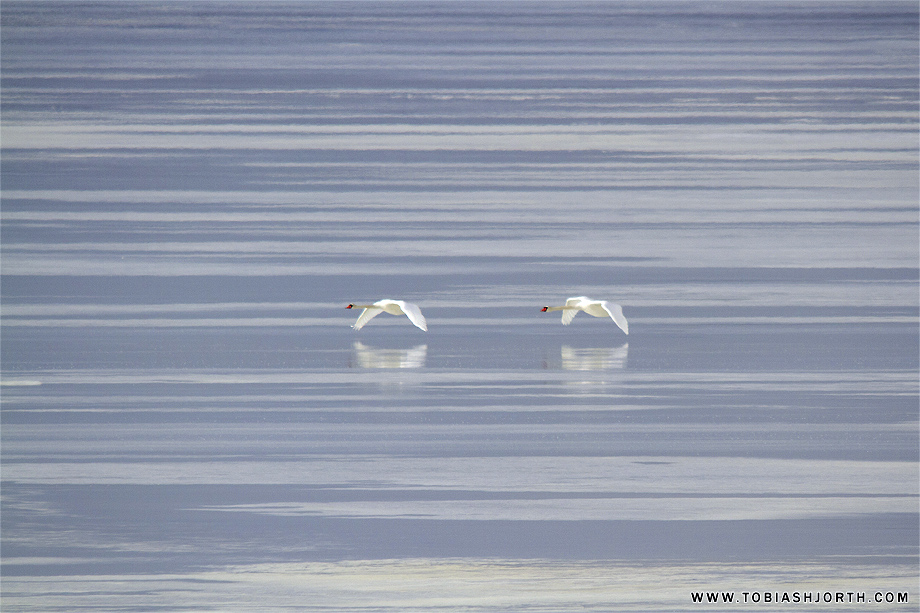

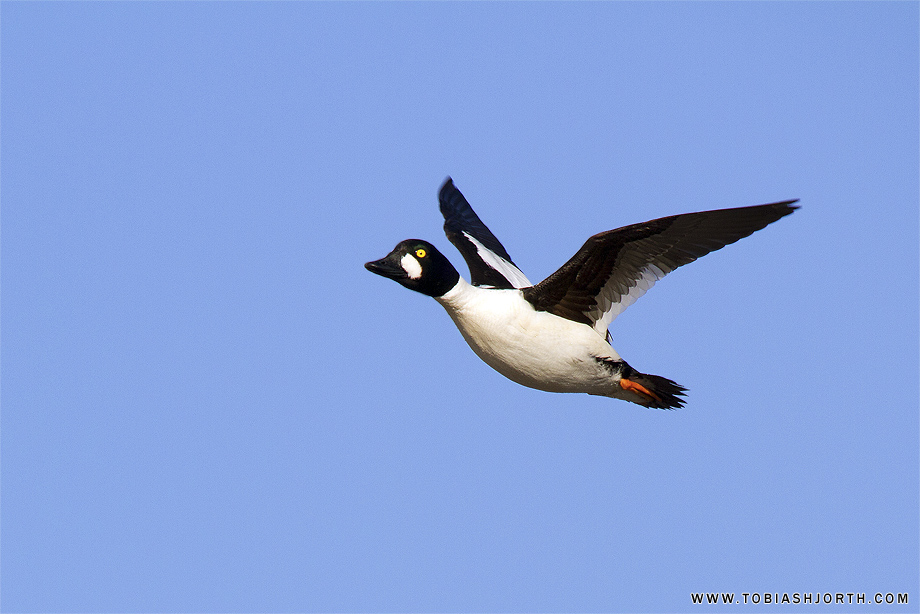

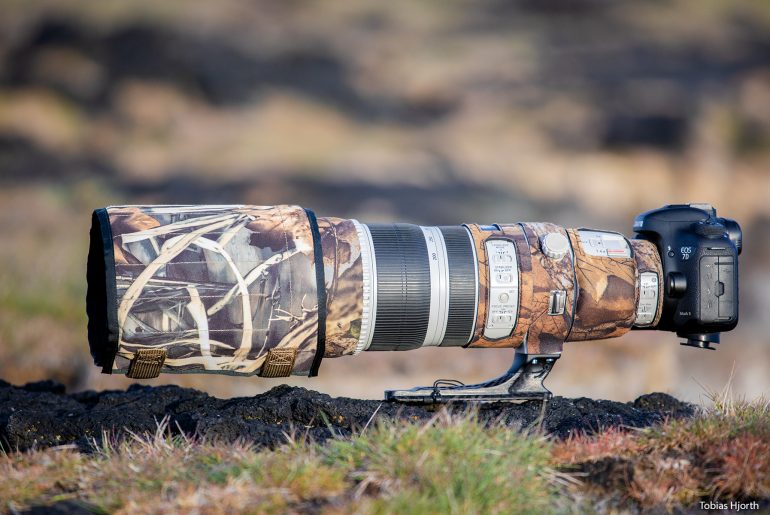
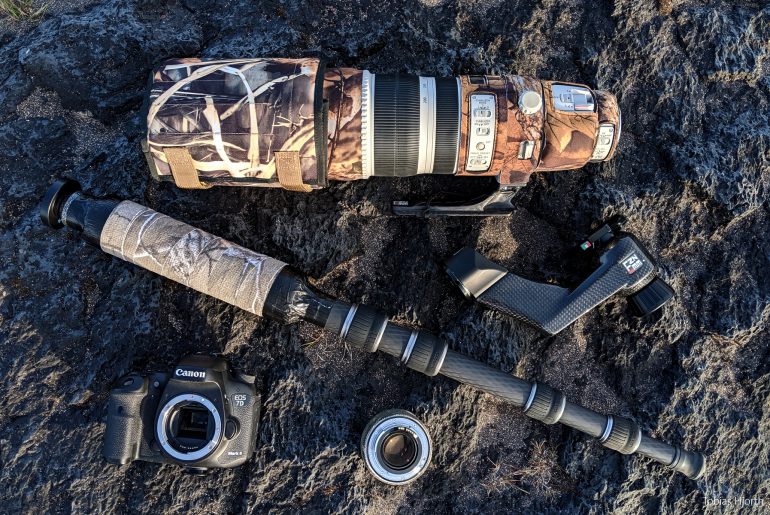
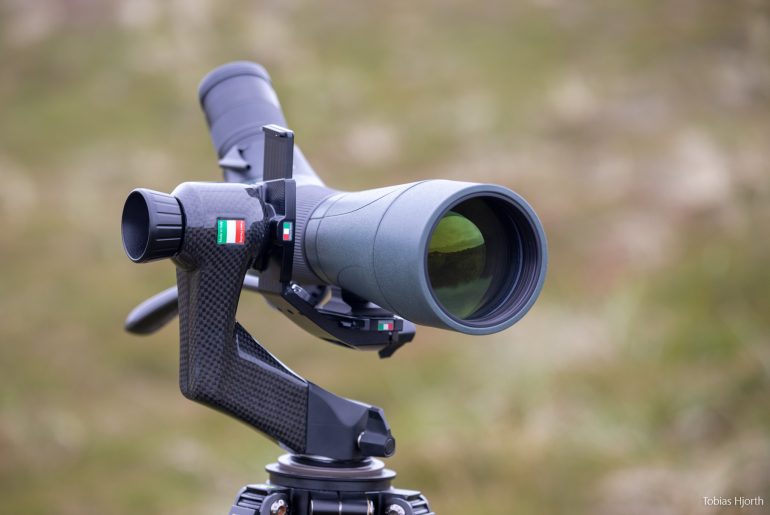
28 Comments
Thanks for the review! 🙂
Many thanks for the review.
Which one is better compared this lens vs Sigma 50-500 OS HSM @ max fl 500 mm?
Does it have same magnification results for both lens?
Regards,
RTogog
RTogog
I enjoy reading you liked it.
The Sigma 50-500mm OS HSM is better at 500mm and brings a higher magnification as well.
Tobias
sir thanks 4 the review !! i am planning to buy a sigma 150-500mm but i don’t have a full frame body i am a nikon user !! so this lens will give good results on NIKON D90 ?? reply..thank you 🙂
HI Shivaa
Thank you so much for commenting. I´m glad you enjoyed it!
Yes this lens will give you fulfilling results on a Nikon D90
Tobias
Hi
Thank you for your review, I enjoy all of them.
I have the 150-500mm and find that the sharpness and fine details are lacking. My question is whether the 50-500mm would please me much much more?
Hi Christopher
Thank you so much for your kind words. I love feedback!
The 50-500 OS is a sharper lens but the 150-500 is capable at capturing fine details as much as any lens although you want to stop is down to f8. It might save you some money. If that isn’t sufficient I’ll say go for it.
Tobias
Hi Tobias
It’s been 7 months since I posted the comments (above). I’ve went through the learning curve and I am very happy with the results that my 150-500mm lens give now. If it is possible I would like to share my shots at the following link
http://www.clubsnap.com/forums/world-nature/1066441-walk-park-my-bigmos-3.html
Thanks Tobias!
Regards
Christopher
Hi Christopher
Man these are great shots! It looks like your giving the lens a run for the money.
I hope everyone else would click your link!
Best regards
Tobias
Hi Tobias, thanks for this review it was one reason why I got myself one – I’m not OVERLY impressed in combination with my EOS 5D mk1, but for the price it seems OK. I’m thinking to take it to the shop for a calibration, as I seem to have some 14mm backfocus at 500mm close range.
Another slightly embarrasing question to you: How do you get the tripod mount off? I can’t figure it out, and for handheld it is in the way/too heavy, especially with a Gimbal quickswitch foot on it.
Thanks, Mads S
Got it – finally… Just took some more fiddling…
Got it – finally… Just took some more fiddling…
Hi Mads
I’m glad you liked the review as well as figured out how to remove the colar. You’ll be having a hard time finding a lens where you would be getting out of your money. Try the lens with a 1D series bodies and it’s actually pretty good. If you feel the need to get the lens calibrated I’ll suggest you get it done as an uncalibrated lens can kill any kind of performance.
Happy shooting
Tobias
Hi Mads
I’m glad you liked the review as well as figured out how to remove the colar. You’ll be having a hard time finding a lens where you would be getting out of your money. Try the lens with a 1D series bodies and it’s actually pretty good. If you feel the need to get the lens calibrated I’ll suggest you get it done as an uncalibrated lens can kill any kind of performance.
Happy shooting
Tobias
Hi Mads
I’m glad you liked the review as well as figured out how to remove the colar. You’ll be having a hard time finding a lens where you would be getting out of your money. Try the lens with a 1D series bodies and it’s actually pretty good. If you feel the need to get the lens calibrated I’ll suggest you get it done as an uncalibrated lens can kill any kind of performance.
Happy shooting
Tobias
Pingback: Prestashop Theme
Hi Tobias,
Having now owned the lens for a bit longer I can say I am still not totally happy with the results I’m getting. I notice you recommend high pixel-density bodies – my 5D is the opposite of that, with a full-frame sensor and not too many pixels (12M). Would the 7D actually make a difference in your view? I love my body for wide-angle work, but could use the extra reach of a crop sensor, and if you have reason to think the results would be better?
A 7D may be found used for 1000€, a Canon 500mm EF 4.0 is ten times that…
The 7D also allows micro adjust, so no need to bother Sigma Denmark with calibration…
Any input appreciated, and thanks for the useful blog!
Mads S
@mads_s
Hi MadsI’m not sure a new body will bring you the right solution. Although I can recommend the 7D there’s too many factors to establish what could go wrong in your case. If you share a photo in this thread I, and others, could chime in with ideas and suggestions.Let me knowTobias
Hi Tobias,
All my images are on http://birds.syndergaard.dk. The crested merganser and the long-eared owl are particularly depressing, since I was literally standing next to Christian Nielsen and here’s his long-eared owl: http://naturephotos.dk/NaturePhotos_show_pic_ejergalleri.php?kgf=15541&art=243&menu=69&_Ejer=374&sort=&start=0
Here is his crested merganser: http://naturephotos.dk/NaturePhotos_show_pic_ejergalleri.php?kgf=15545&art=1514&menu=69&_Ejer=374&sort=&start=0
Same birds, same perspective, no motion blur that I can detect, but worlds apart in quality.
Mind you I had the new Kenko 1.4 extender on – that doesn’t help, but it helps a lot with reach on the full-frame sensor…
Thanks again,
@mads_s
I’ve looked at your shots and I have a couple of suggestions. First of all you need to ditch the extender. You’re simply asking too much of the lens than less you stop down to F11+.
Other than that they don’t really look bad in any terms. The gallery you’re using on the other hand is noteriously bad when it comes to resizing so you’re really better off without it. Resize your work in post and let that be your final step in resizing.
Thirdly your processesing looks to be a lot less of that your friend does That might bring you the last punch in the shots.Let me know what you think.
@tobiashjorth Hi Tobias thanks for taking the time here 🙂 and re. the extender yes I already worked that out – too bad really, money out the window plus I really could use the extra reach. Ah well.
The gallery resizing isn’t good, they MUST be clicked up but even then I guess I’m doing it wrong since I save in 2400×1200 and that means even the big ones are resized by the gallery – thanks for helping me identify that one!
And finally about post-processing: I shoot in RAW, convert with the built-in RAW converter from Photoshop (CS2). In the RAW converter I typically look at colour temperature, exposure, then I switch to sharpening and give it as much as I think I can get away with, and then I add some noise reduction (luminance) of around 25-30. Once open in the normal PS work window I crop, then I may look a little at Levels (I tend to use the “Sample in image to set black point”) and then I may also tweak just a very little in curves. Finally I give it a little Sharpen Edges, and save as .jpg. By then the image
I don’t use the Sharpen function in the PS work window much (only in the RAW converter). Am I doing something wrong?
Cheers again,
@mads_s
Hi again
I would reuse “unsharp mask” every time you resize your image. Ever noticed how very fine detail fade away when resizing for web use? The key is resize in step and sharpen each and every step to keep the very fine detail.
Other than that the Owl shots looks very similar although the Merganser looks to be shot in a slightly higher angle than your friends. Be careful about adding the built noise reduction in Photoshop – It’s vastly inferior to products like Noise Ninja, Noise Ware or many other. These come as a plugin for Photoshop and are highly recommendable.
@tobiashjorth Thanks Tobias,
I was shooting Goosander yesterday in Thorsminde, no extender, results only barely acceptable. I’ll borrow Christians 7D for a test round and make up my mind,
Thanks for taking an interest 🙂
Mads S
@mads_s
Okay let me know how it does and if it solves you problem.
Tobias
@mads_s
Okay let me know how it goes and if it solves you problem.
Tobias
Hi Tobias,
Very useful info, thanks – esp for a relative newbie like me.
I have a 7D and 150-500mm about 4-5 months old. I also have a Canon 17-40mm L lens.
I almost always take “Auto” shots in RAW. Is that a straight “no-no”?! Seems like I am simply Not able to get rock-solid crystal clear photos from this camera on “auto” mode, period. Relative to the results i see on the Net generally, and the ones that you have here, in particular.
After all, even a decent SLR should be able to double up like a ‘point and shoot’, right?!
Hi
Thanks for looking. I’m glad you’re finding the review usefull.
Whatever rocks your boat meaning you do what you have to do in order to get the shot you need. If thats full-auto to you then by all means use it and forget what everyone’s telling you else.
The lens takes quite a lot of practice (as do Wildlife Photography) but as long as you’re in focus and the lighting is just right you’ll be rewarded with great photos. That’s how good the Sigma 150-500 really is.
Tobias
hmm..kan se jeg er lidt bagefter 🙂 , men fedt med de anmeldelser, meget brugbart – har lige anskaffet den + 2x TC, så må vi se hvordan den spiller i forhold til mine andre teleglas
god dag